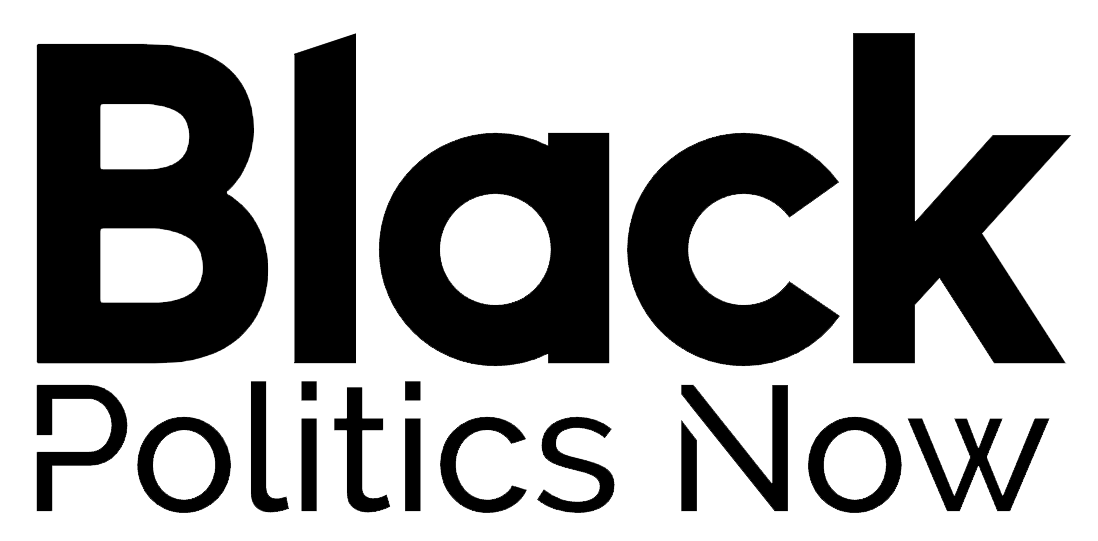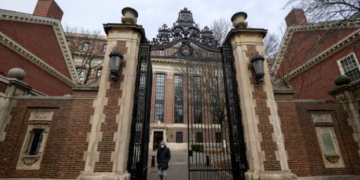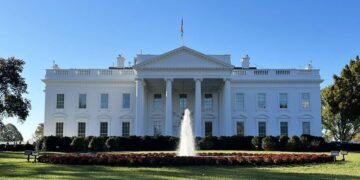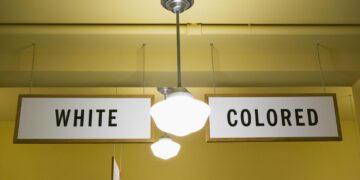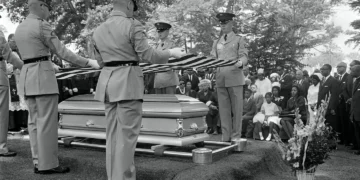Murshaun Young, 27, seated at right on the steps of a house he wanted to buy. (Photo by Bill O’Leary/The Washington Post via Getty Images)
May 27, 2024 Story by: Editor
Baltimore County needs a forward-thinking and comprehensive strategy to uplift communities such as Randallstown, Woodlawn, Windsor Mill, Winters Lane, Campfield, East Towson, Overlea, Owings Mills, Rosedale, Lochearn, and Turners Station. This strategy must confront and dismantle structural racism.
Structural racism is an extensive system of racial bias that permeates institutions and society, granting privileges to White people while disadvantaging people of color. Recognizing the deep-rooted nature of racism in various social structures and its enduring impacts is vital to the anti-racist efforts aimed at breaking down these barriers.
The disparities between Black and White communities in the United States stem from a long history of discriminatory laws and policies that have perpetuated inequality across nearly every aspect of life. These laws and policies are entrenched in the core structures of our society—our labor, housing, education, voting, healthcare, and justice systems. They are intricately linked and deeply embedded, forming the basis of structural racism.
Historical housing policies and practices have systematically excluded Black families from opportunities to build home equity and accumulate wealth, resulting in generational impacts. Meanwhile, federal interventions and investments have expanded homeownership and affordable housing predominantly for White families.
Current findings show that homes in Black neighborhoods are valued approximately 21 to 23 percent lower than those in non-Black neighborhoods. It is estimated that at least 15 percent of homes in majority-Black neighborhoods are at risk of under-appraisal, which has a significant impact on overall valuations and final sales prices. This limits wealth accumulation for homeowners in these neighborhoods and leads to an oversaturation of group homes and Section 8 housing. Housing inequality is a key factor in the large racial wealth gap between Black and White households in the U.S.
To address these issues and create a more equitable future, mobilizing public and political will to develop and implement necessary remedies is crucial. Here are some legislative measures the Baltimore County Council can consider to stabilize Black communities in the county:
1. Enhance Opportunities for Black Homeownership
To bridge the Black homeownership gap in Baltimore County, the following actions are essential:
- Increase Access to Down Payment Assistance: Discriminatory policies have left Black families with less wealth to pass on to their children. Providing more down payment assistance can help mitigate this.
- Expand Access to Affordable Credit: Due to historical redlining and discriminatory lending, extending mortgage and business credit to underserved minority home buyers and communities is crucial.
- Invest in Affordable Homeownership: Even with down payment assistance, high home prices remain a barrier. Government grants for affordable home construction can help create sustainable homeownership opportunities.
2. Invest in Distressed, Racially Segregated Communities
Formerly redlined and segregated neighborhoods often face disinvestment and economic hardship, resulting in food deserts and limited store options. Reinvestment and targeted tax incentives can stimulate recovery and growth. The Baltimore County Executive and Council need a strategic plan to address racial disparities in homeownership and neighborhood investment. Source: AFRO
